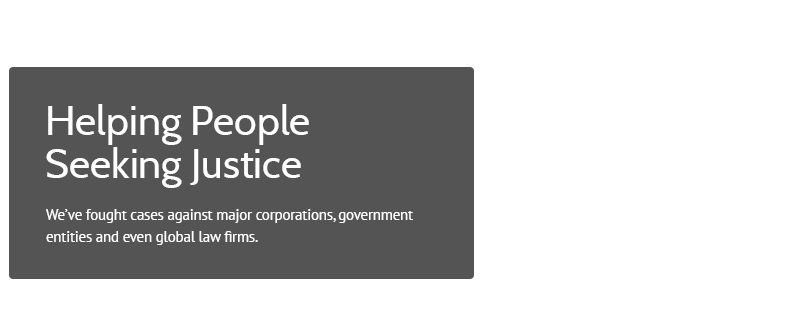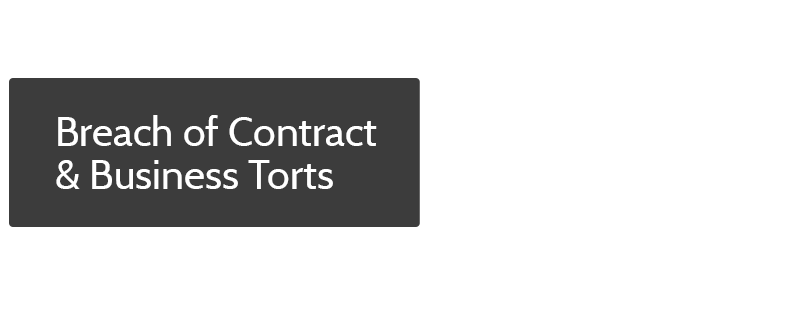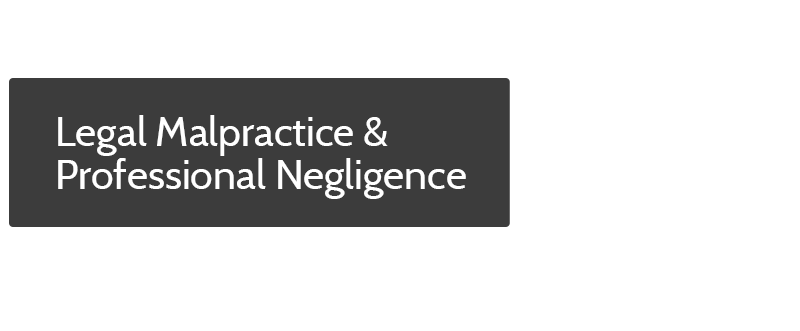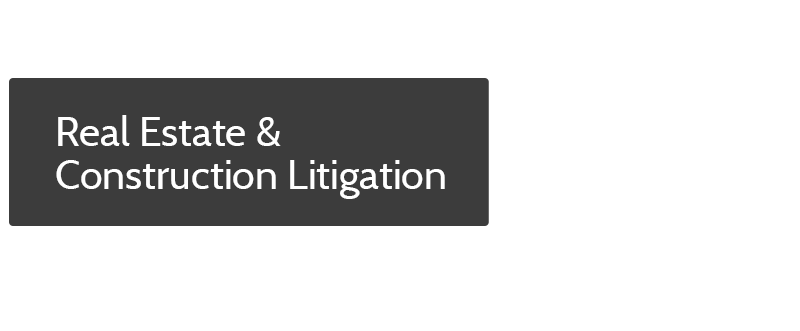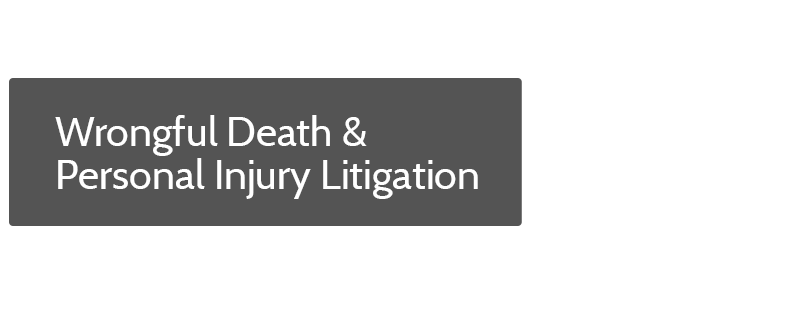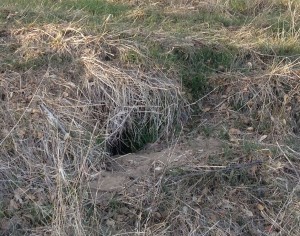Dangerous Conditions on Public Lands
PRIVATE PLAINTIFFS GENERALLY CANNOT SUE GOVERNMENT ENTITIES
Most government entities, including those which control public lands, are immune from liability. These governmental defendants be held liable for injuries which occur on the land they own or control only if a statute authorizes the lawsuit.
The primary source of government liability for injuries occurring on public lands in California is California Government Code § 835, which reads:
“Except as provided by statute, a public entity is liable for injury caused by a dangerous condition of its property if the
plaintiff establishes that the property was in a dangerous condition at the time of the injury, that the injury was proximately caused by the dangerous condition, that the dangerous condition created a reasonably foreseeable risk of the kind of injury which was incurred, and that either: (a) A negligent or wrongful act or omission of an employee of the public entity within the scope of his employment created the dangerous condition; or (b) The public entity had actual or constructive notice of the dangerous condition under Section 835.2 a sufficient time prior to the injury to have taken measures to protect against the dangerous condition.”
Let’s examine these requirements in more detail.
WHEN CAN A GOVERNMENT DEFENDANT BE HELD LIABLE FOR INJURIES OCCURRING ON PUBLIC PROPERTY?
In order for a public entity or governmental defendant to be held liable for injuries caused by a dangerous condition on public property, the plaintiff must prove all of the following:
1. The property was in a “dangerous condition” at the time the injury occurred.
2. The dangerous condition created a reasonably foreseeable risk of the type of injury that occurred.
3. The entity which owned or managed the land was at fault because:
(a) The dangerous condition was created by an employee’s wrongful act or omission.
OR
(b) The government entity had sufficient actual or constructive notice of the dangerous condition, in advance, so that the entity should have taken steps to remedy the condition and/or prevent the injury.
DIFFERENT PROCEDURES GOVERN SUITS AGAINST PUBLIC ENTITIES THAN GOVERN SUITS AGAINST PRIVATE DEFENDANTS
Lawsuits against public entities and governmental defendants are governed by the Government Claims Act and other statutes. For this reason, it’s important for plaintiffs to hire experienced attorneys. The litigation strategies and rules which govern standard lawsuits may not apply (and in many cases and aspects, do not apply) to lawsuits against public entities.
For example, claims against government defendants must be “specifically pleaded,” which means that the general allegations which often support a lawsuit against a private defendant will be insufficient in many cases where the defendant is a governmental or public entity. This, and other differences make it critically important for plaintiffs with claims against public entities or the government to obtain legal counsel to assist with their claims.
***
DISCLAIMER: This article is intended for informational purposes only, does not constitute legal advice to any person or entity, and does not create an attorney-client relationship with any person or entity. The liability of public entities is a complex legal topic, and no single article can provide complete or comprehensive coverage or information about this or any other legal topic or issue. Your personal liability may differ, based on your individual facts and circumstances. If you believe you have a legal claim or issue, or wish to know more about your individual rights, consult an experienced attorney without delay.




